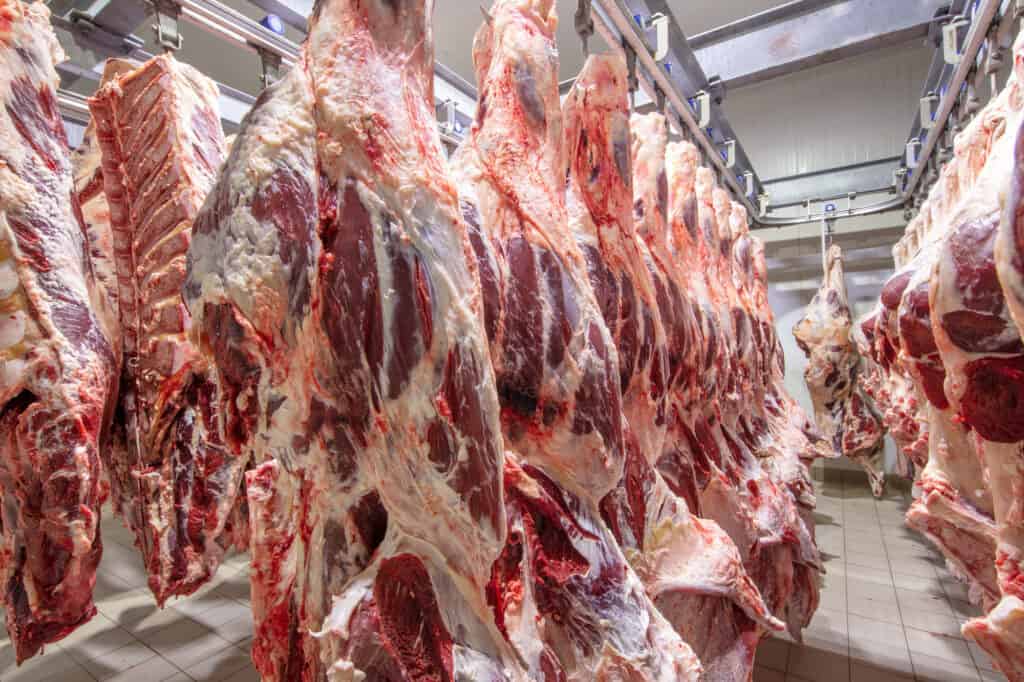
The Australian cattle industry has observed a noticeable shift in the week ending 10th November 2023, as depicted by the latest data from Meat & Livestock Australia’s National Livestock Reporting Service. The figures indicate a mixed pattern of changes across different states, with the total headcount of cattle coming to 122,744. This figure presents a week-on-week decrease of 8,744 but shows a substantial year-on-year increase of 23,186, equating to a 23.29% climb.
New South Wales (NSW) reported 31,793 cattle, Queensland (QLD) led with 66,099, while smaller figures came from South Australia (SA), Tasmania (TAS), Victoria (VIC), and Western Australia (WA), highlighting diverse regional contributions to the national tally. Notably, TAS experienced the highest percentage increase year-on-year with 62.58%, despite a week-on-week drop.
The gender breakdown shows a total of 66,159 male and 56,585 female cattle slaughtered, with females representing 46.10% of the total. This gender proportion may have implications for future breeding and stock levels.
The cumulative slaughter for the year reached 5,130,172. In the state breakdown, QLD contributed the most, accounting for 53.9% of the total, followed by NSW at 25.9%, VIC at 12.1%, TAS at 14%, and SA and WA contributing the least.
A three-year comparison line graph illustrates the fluctuations over time, evidencing the cyclical nature of cattle numbers, with 2023 tracking higher than the previous two years.
This data is essential for stakeholders within the agricultural sector, providing insights into market dynamics and helping inform decisions. The report’s accuracy is vital for maintaining the industry’s robustness, ensuring that all involved can rely on the information for their planning and forecasting needs.



